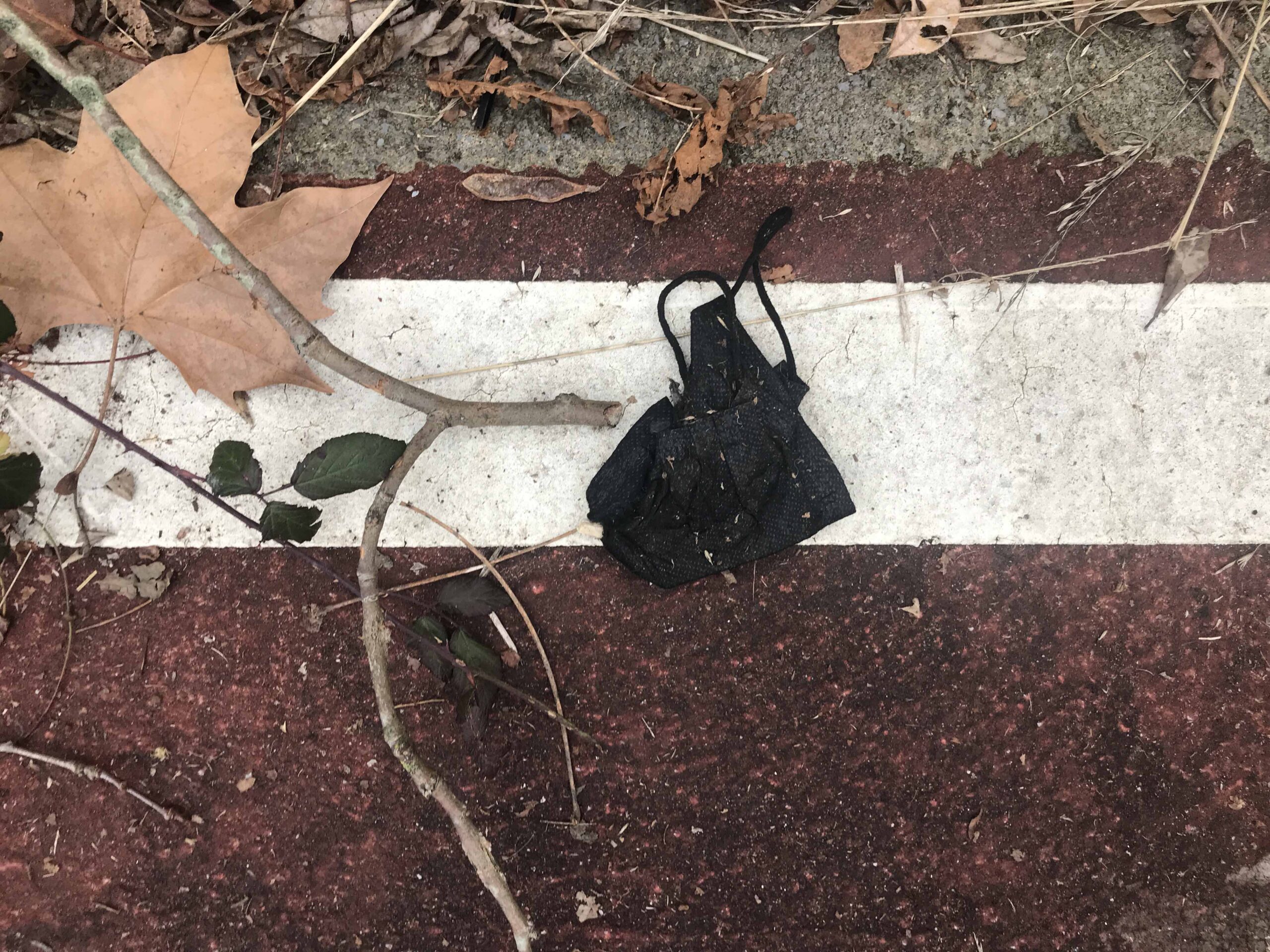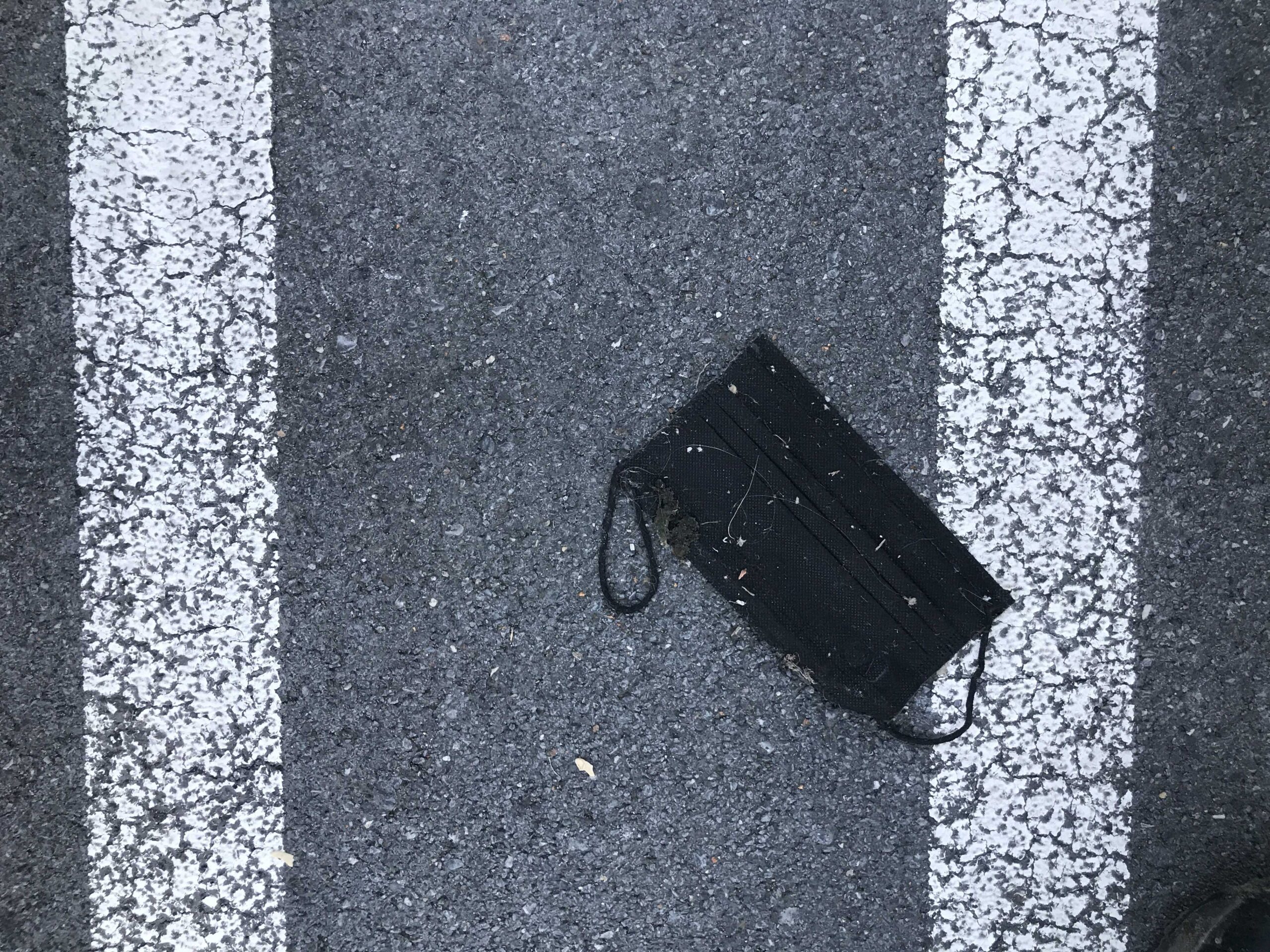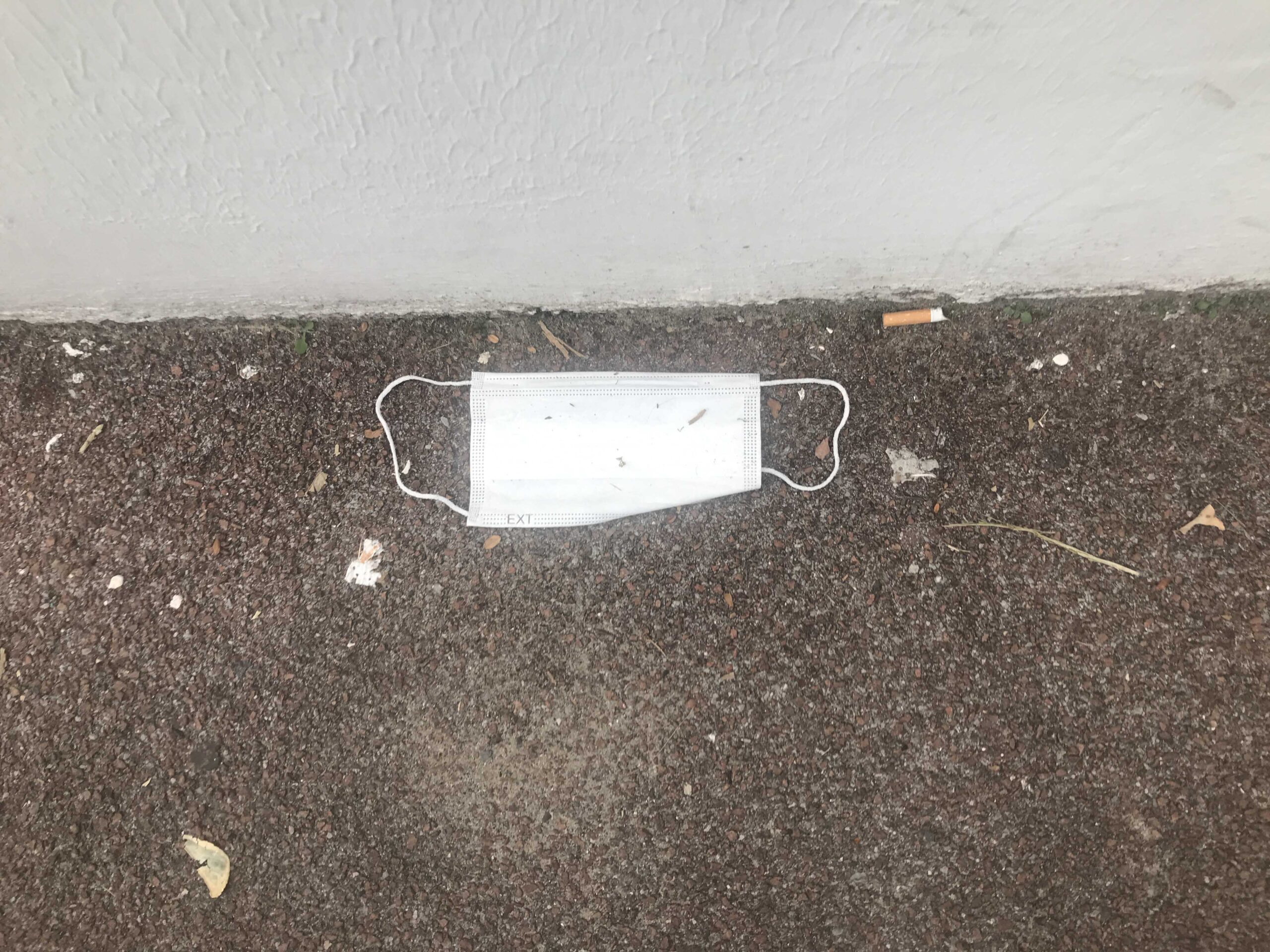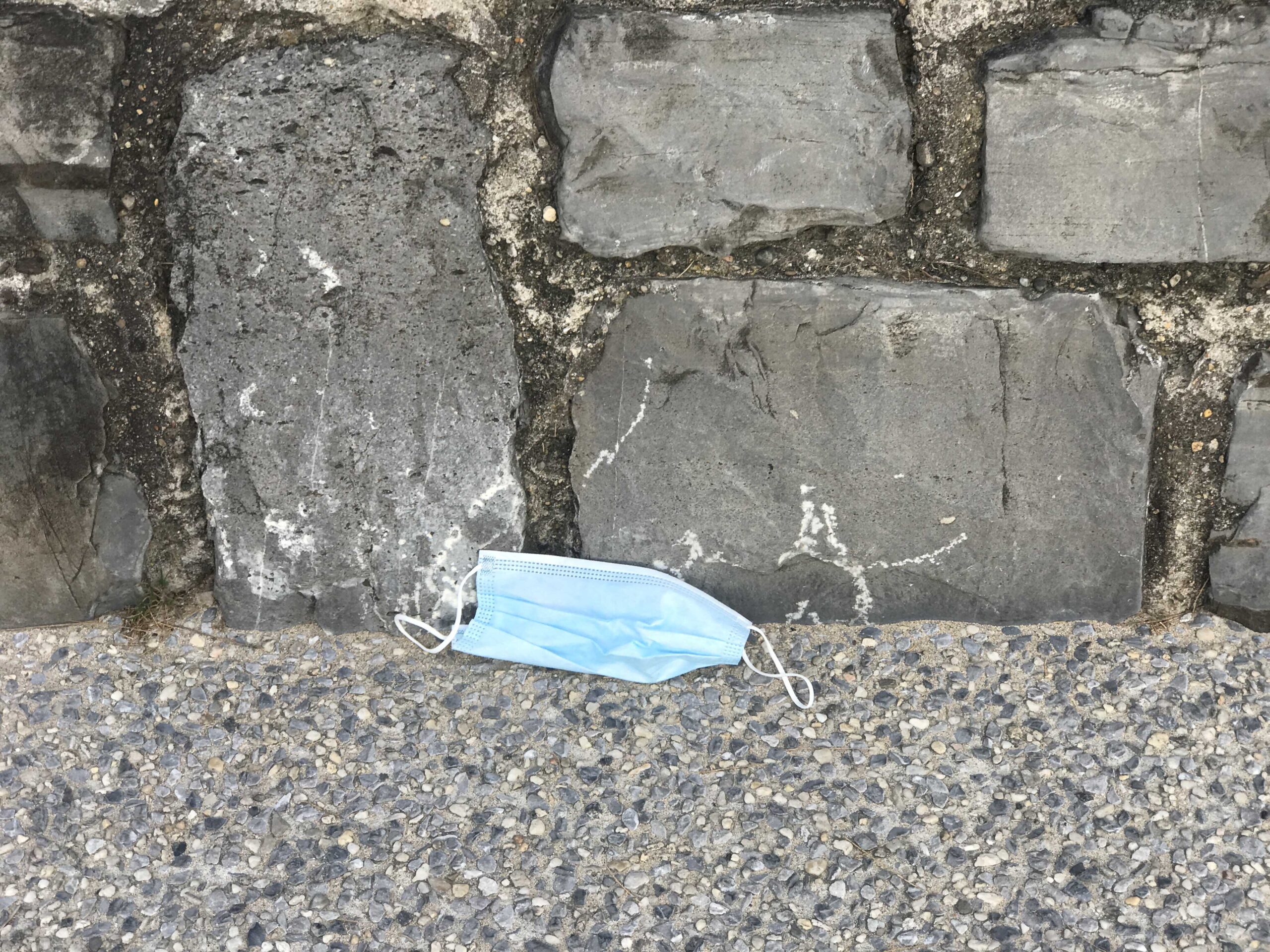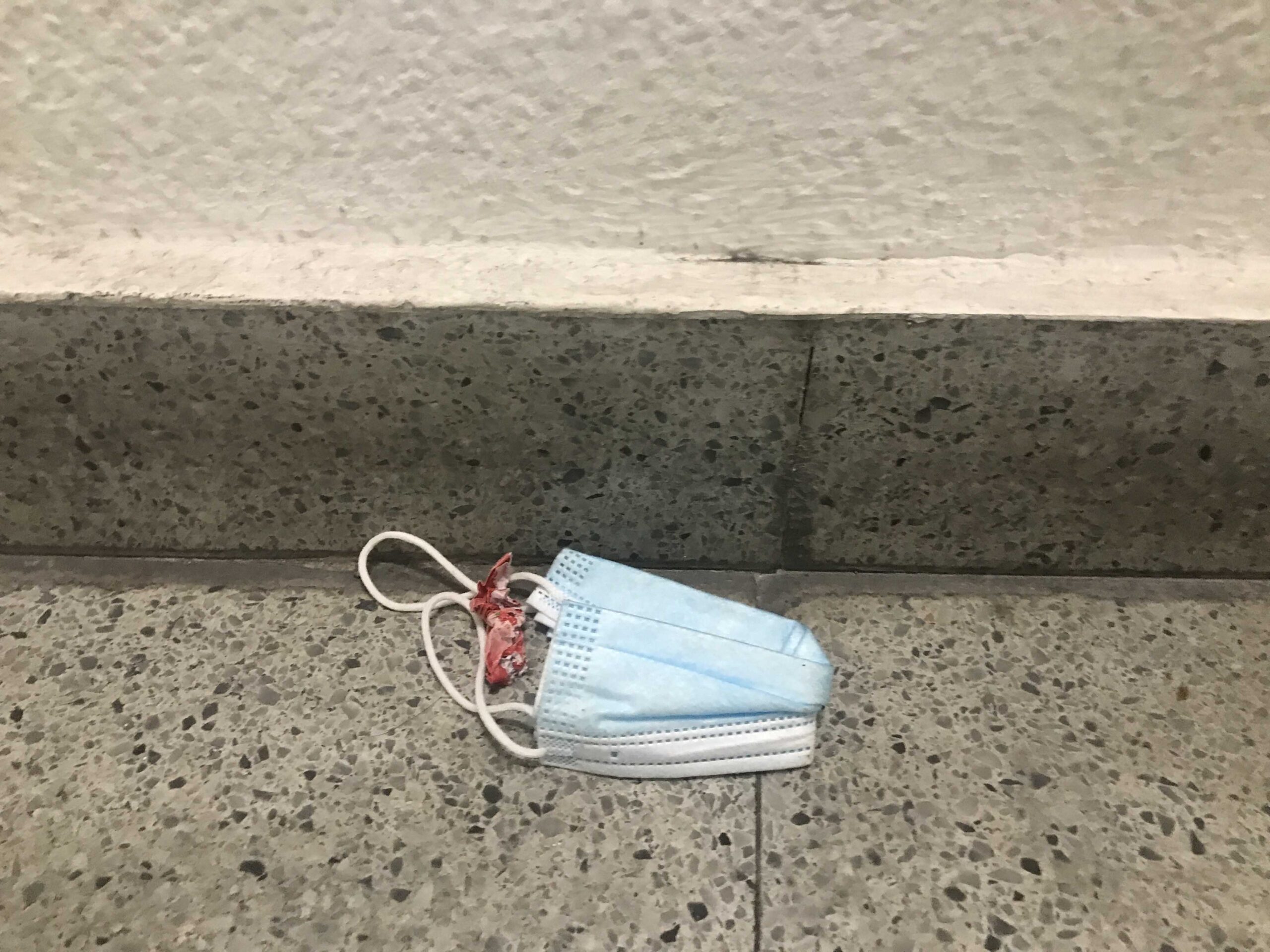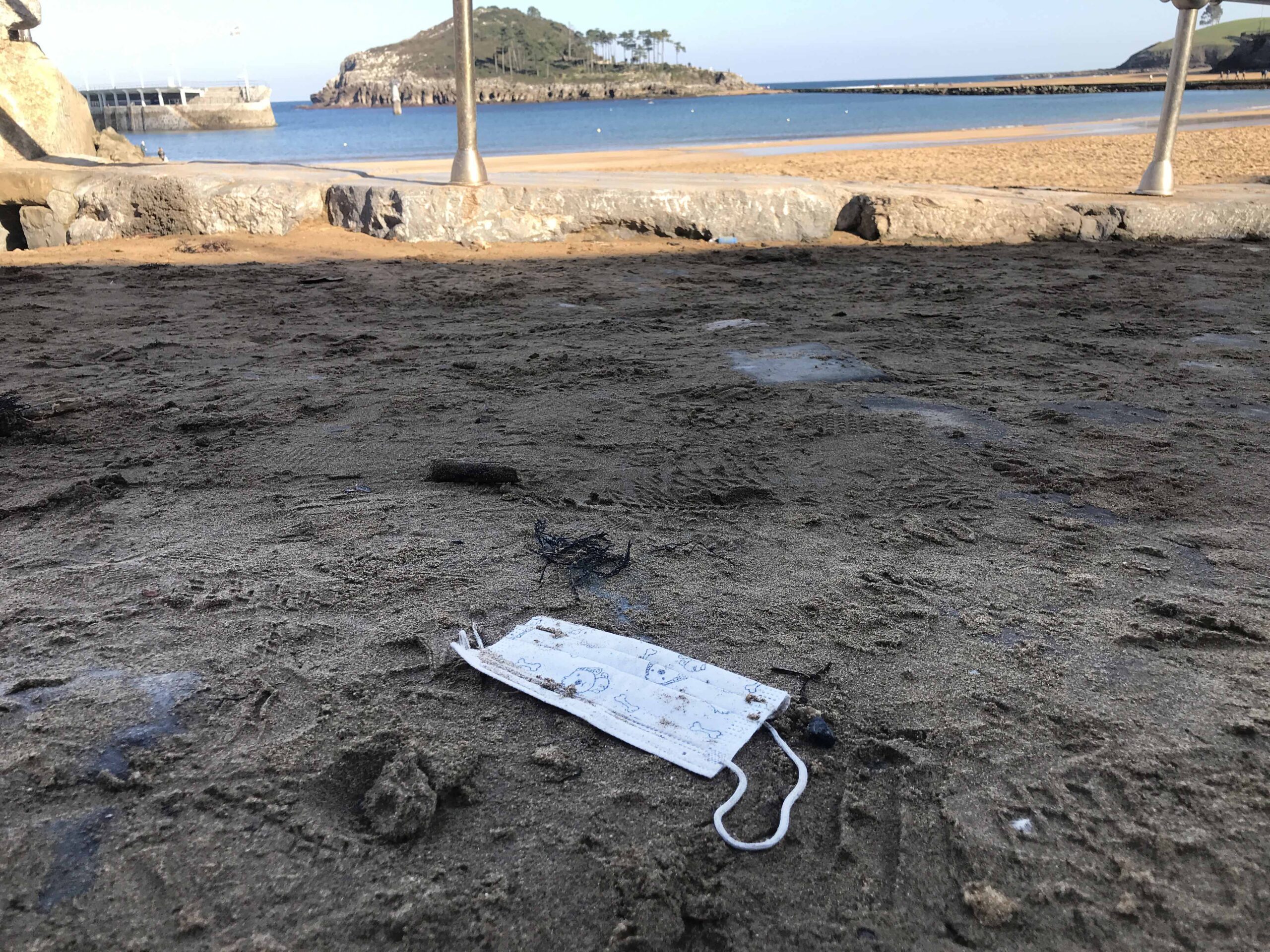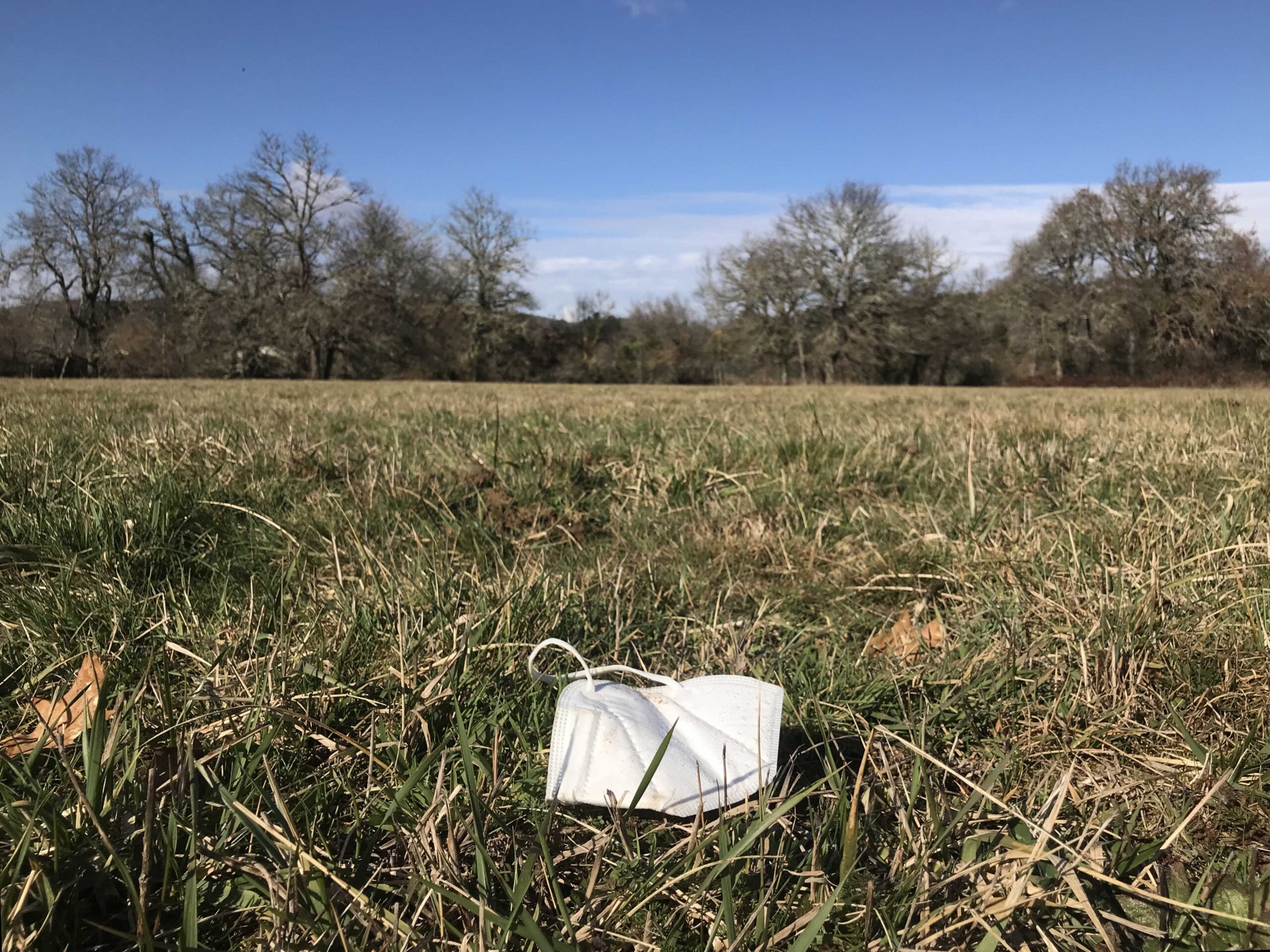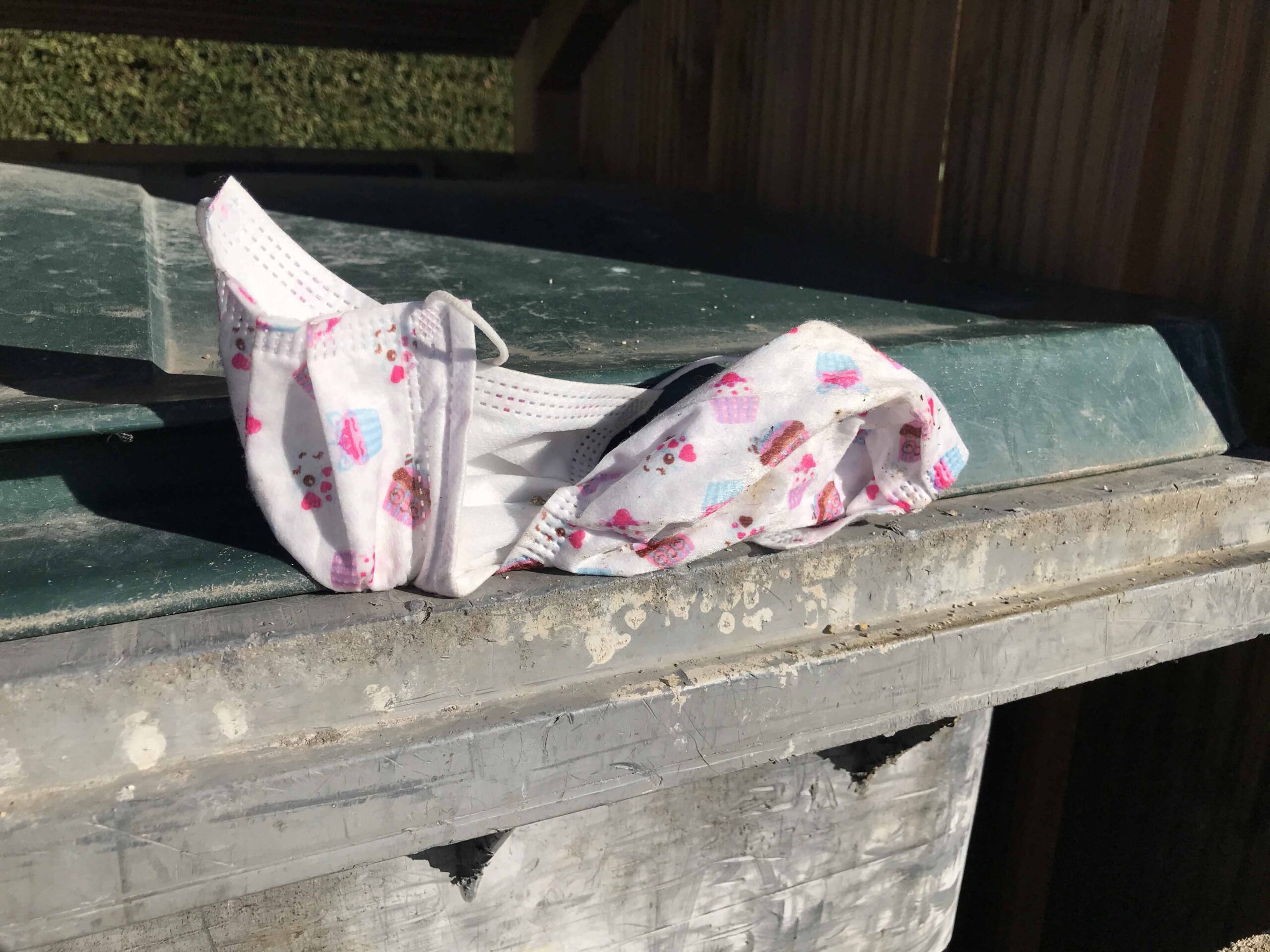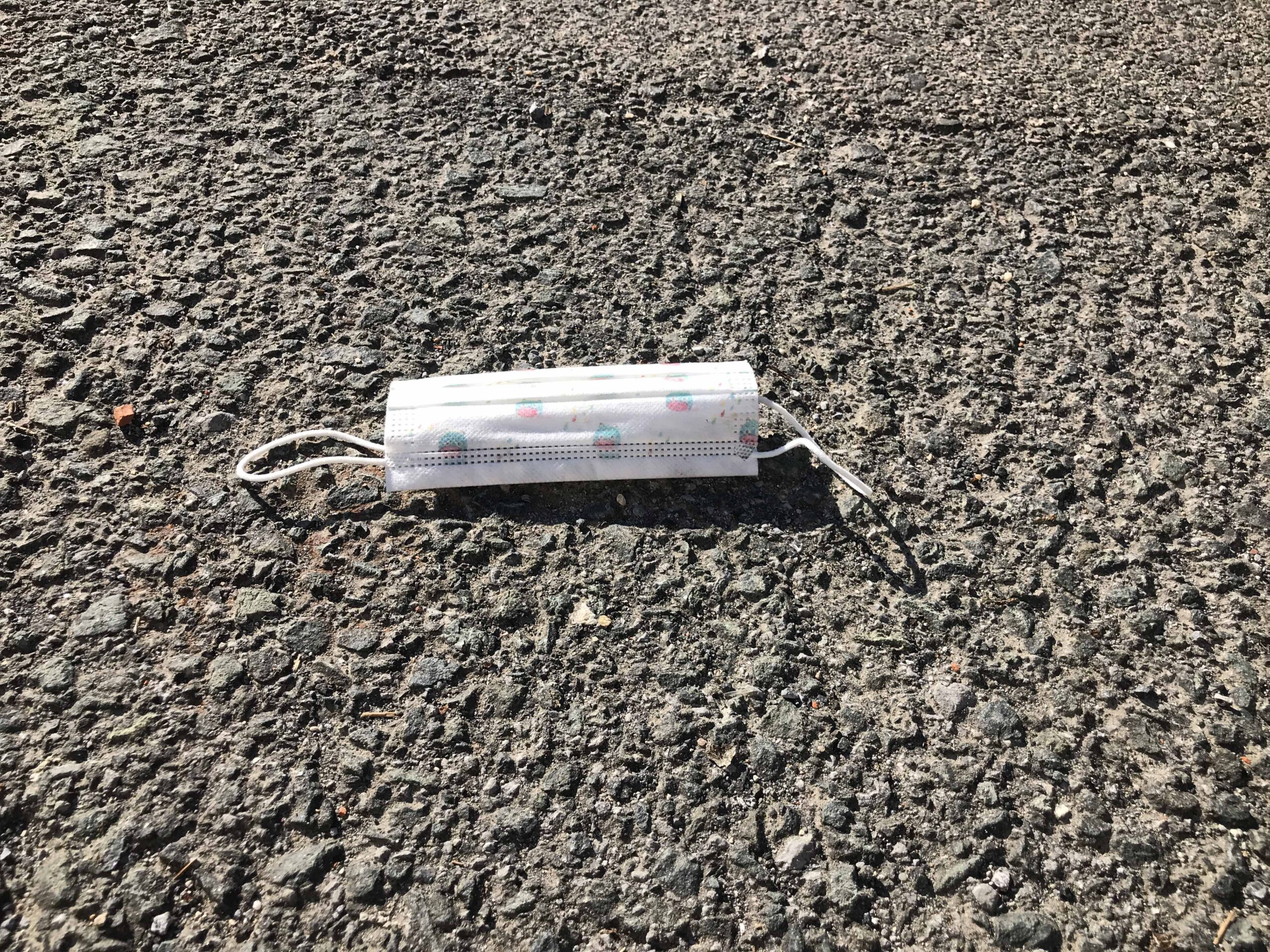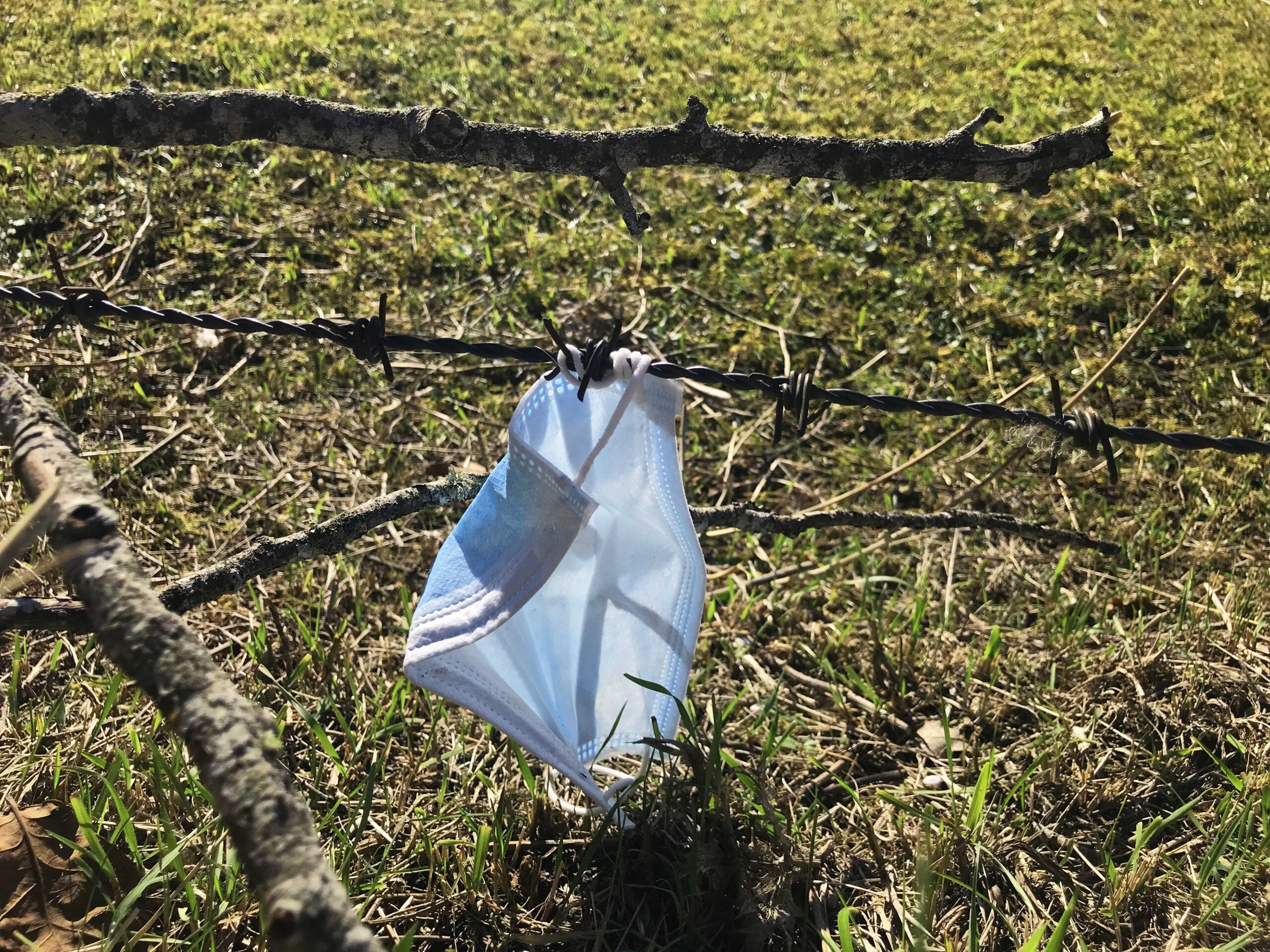“Da, wo der gelbe Fleck ist und worauf ich mit dem Finger deute, da tut es mir weh”.
(There where the yellow spot is, pointed out with the finger, there it hurts)
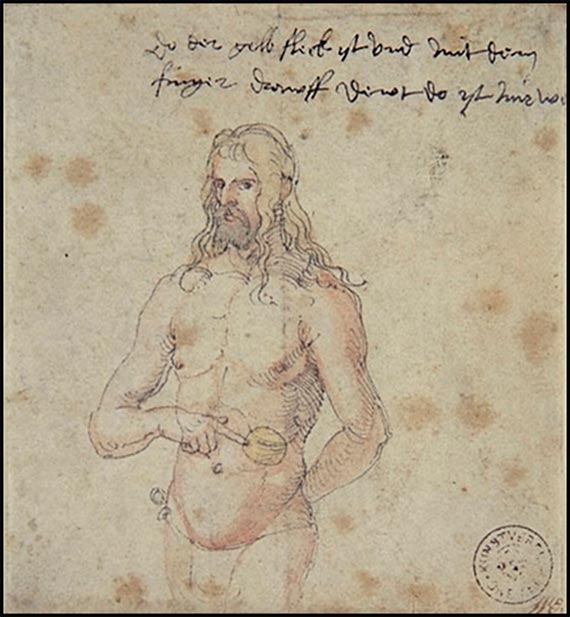

Autorretrato de Alberto Durero (1521) señalando el bazo. En la parte superior del dibujo escribe: “ahí donde está la mancha amarilla, señalada con el dedo, ahí me duele”.
Es evidente el parecido con la pandemia en la que estamos inmersos, donde las consultas telemáticas han sustituido la presencialidad. En este proyecto la mancha amarilla se ha sustituido por un código QR que nos lleva a los registros fotográficos donde se muestran los desechos plásticos de las mascarillas en el suelo.
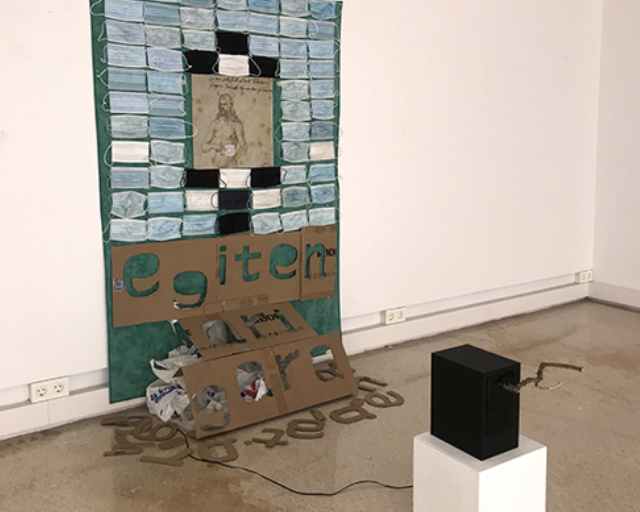
“There where the yellow spot is, pointed out with the finger, there it hurts”, this is the text that appears on Dürer’s self-portrait.
Malaria has been a pandemic disease from the 4th century to 1964. The fact that Albrecht Dürer was pointing his finger at the spleen indicates a symptomatology close to that of this disease. The appearance of symptoms of splenomegaly (enlarged spleen) would be the reason for Dürer’s self-portrait at the age of forty and we can consider the first NON-PRESENTIAL consultation.
Face-to-face debris is evident on the planet. Masks and the danger of ending up in microplastics is an example of that. The same thing can happen with art, how much energy do we need to make and see the Images? What if the only physical trace of an exhibition was the energy consumed?
::esp
Se trata de un proyecto realizado para la exposición Artekom 2022. En este trabajo reflexionamos sobre el uso de la energía. ¿Cuánta energía necesitamos para hacer Imágenes y verlas?
No sólo nos preocupa la cantidad de luz que necesitamos para ver la exposición, sino también la energía que necesitamos para desarrollar los materiales y el uso de nuestro trabajo.
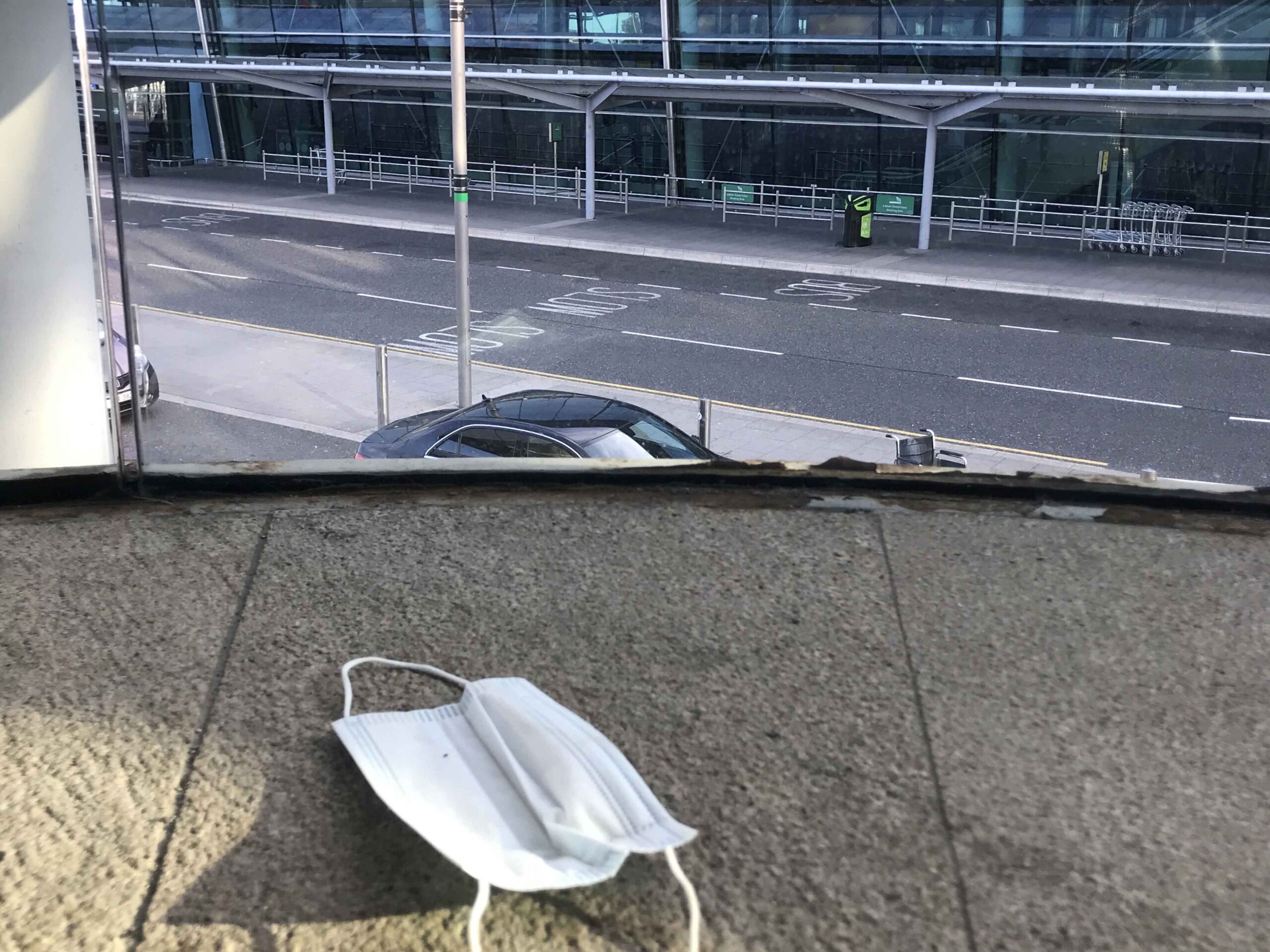


Dublin / Bilbao / Gorbeialde
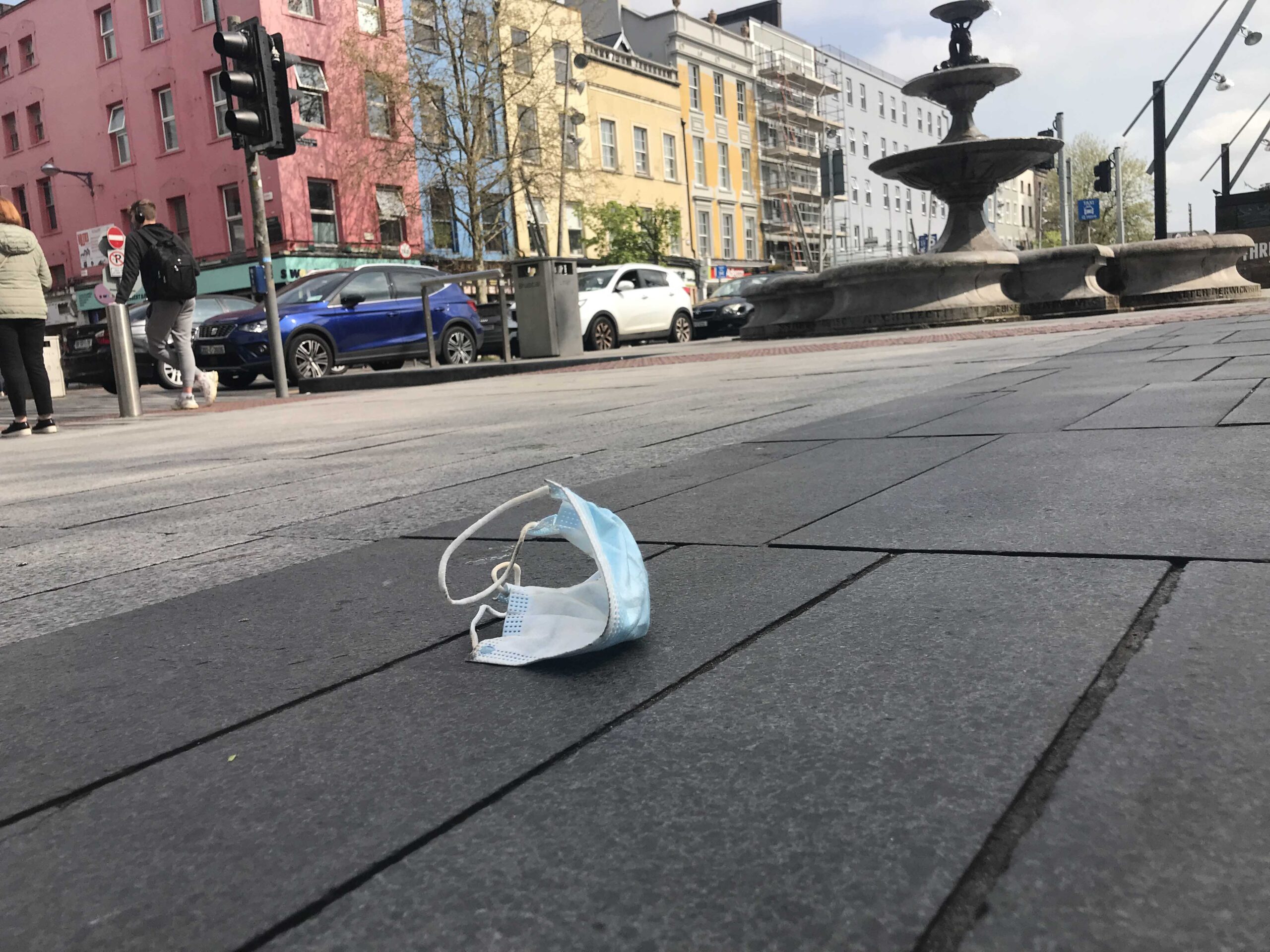
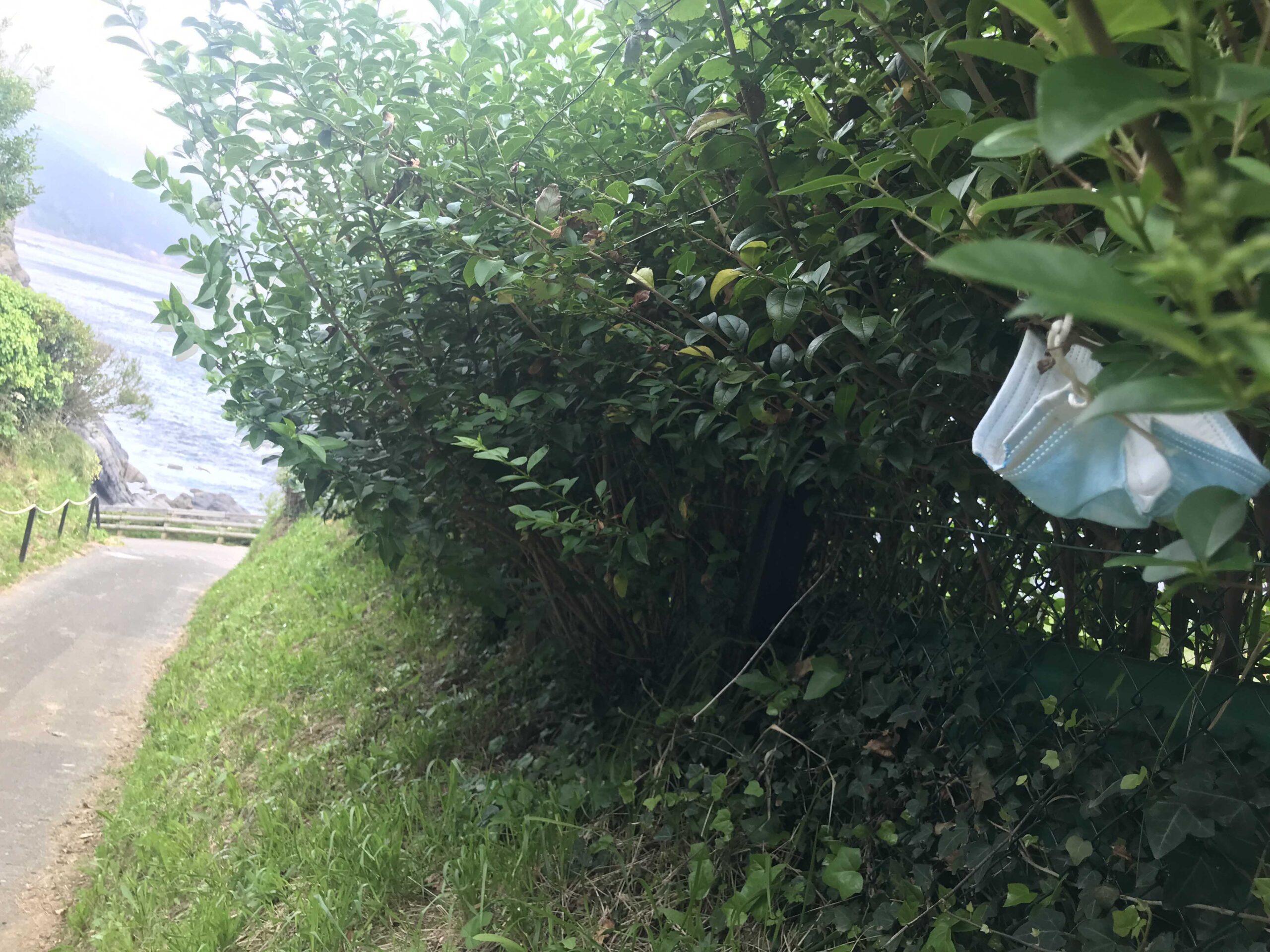
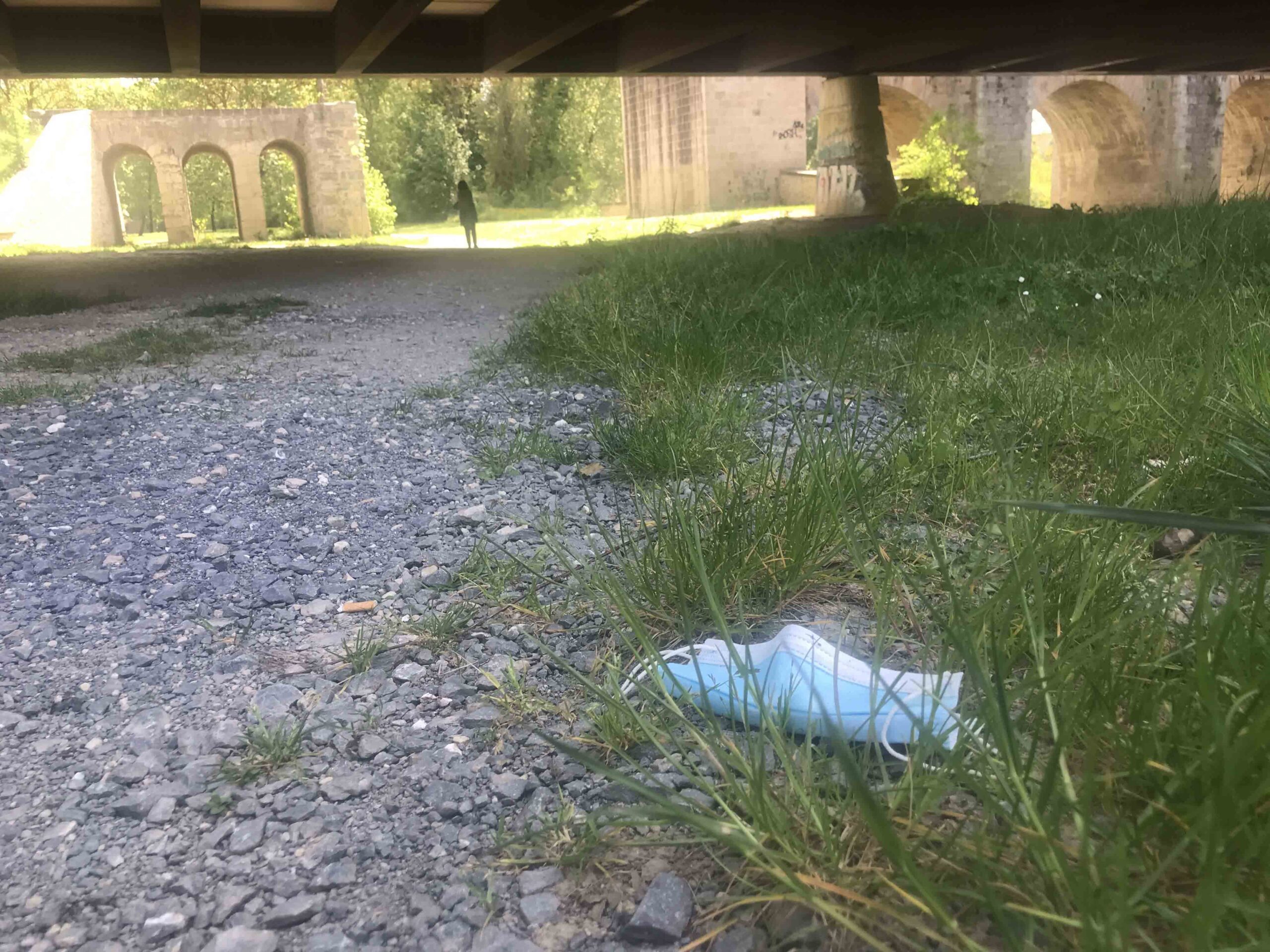
Cork / Bermeo / Vitoria-Gasteiz
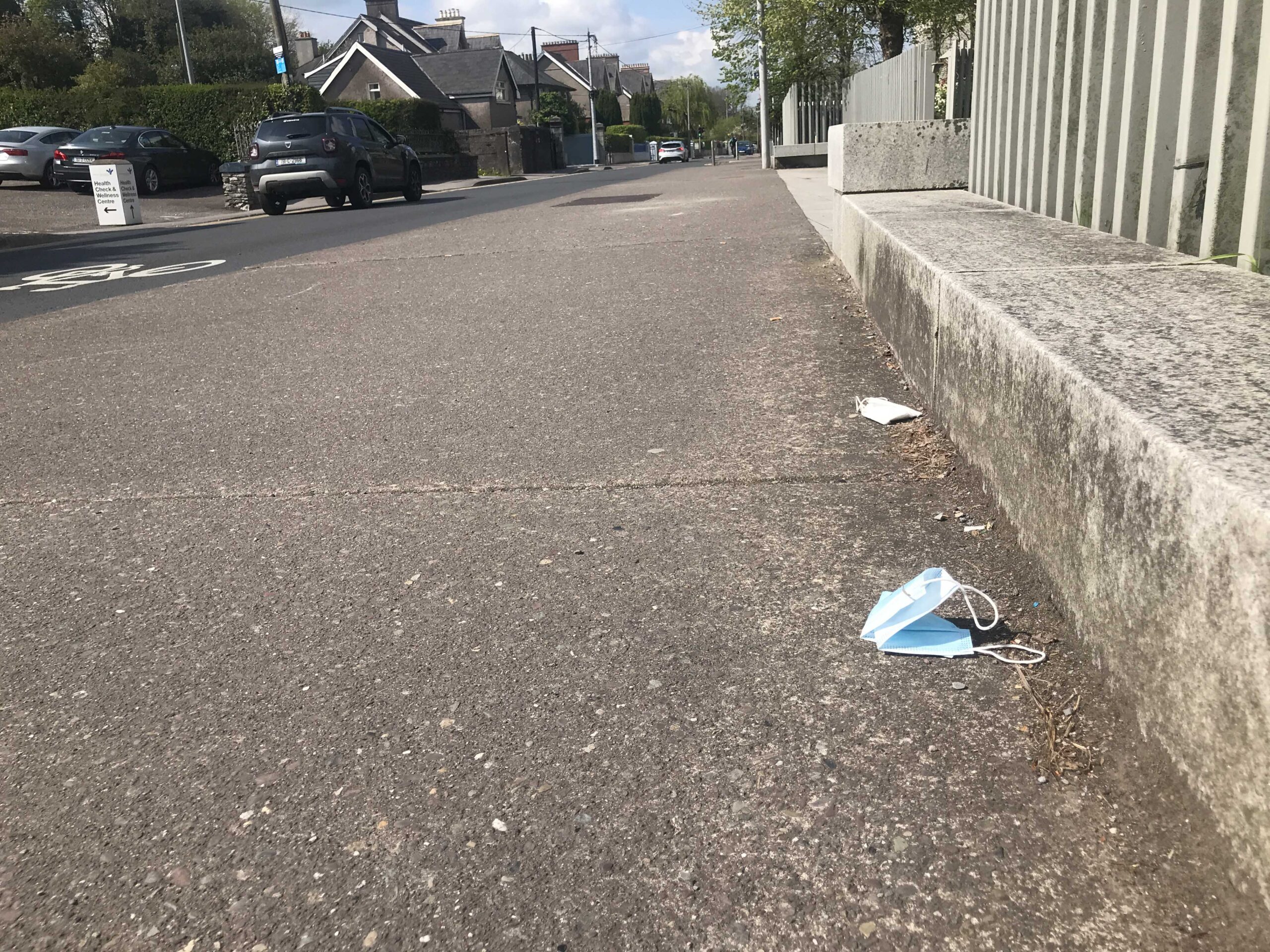
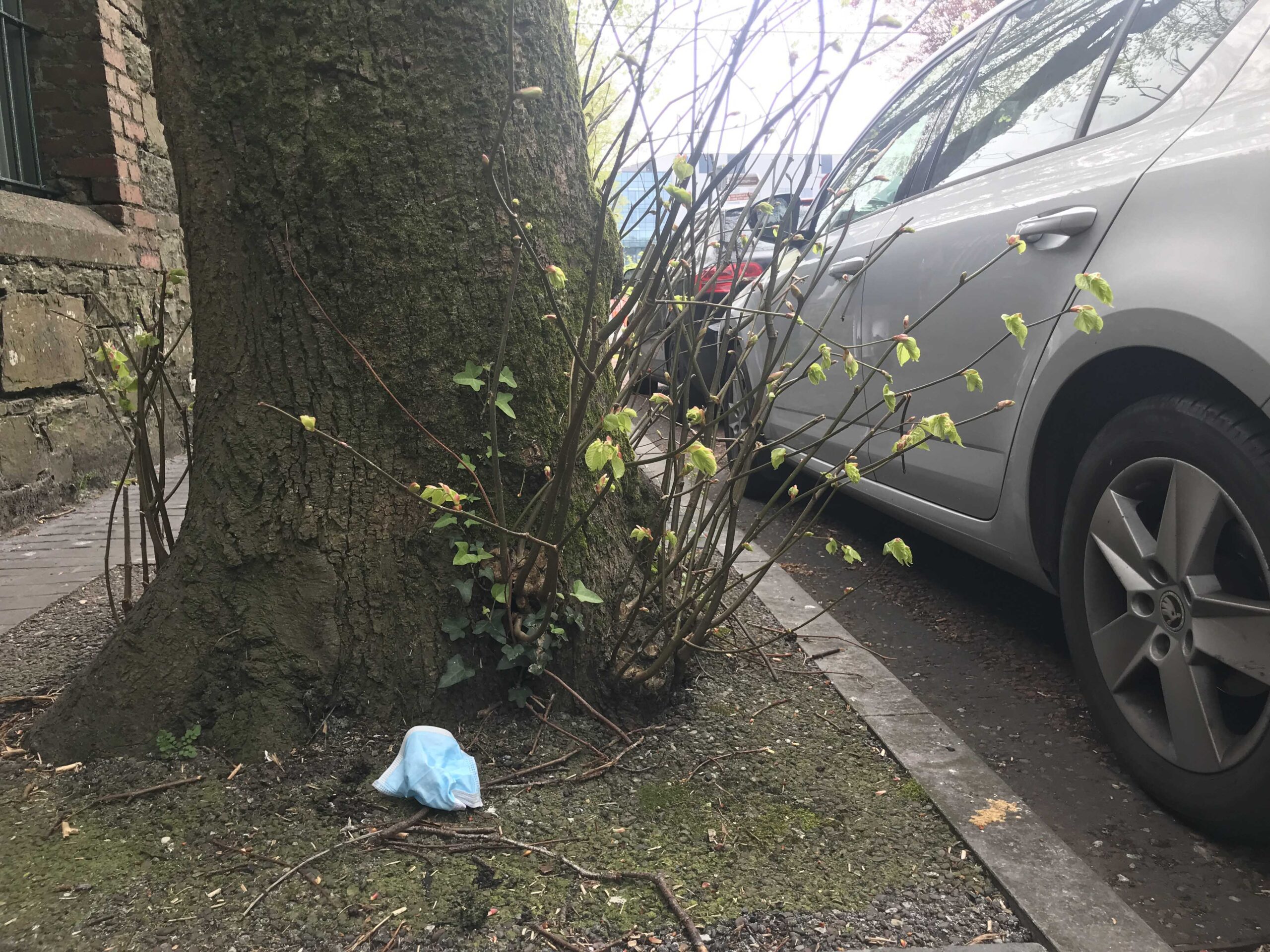

Cork / Cork / Bilbao
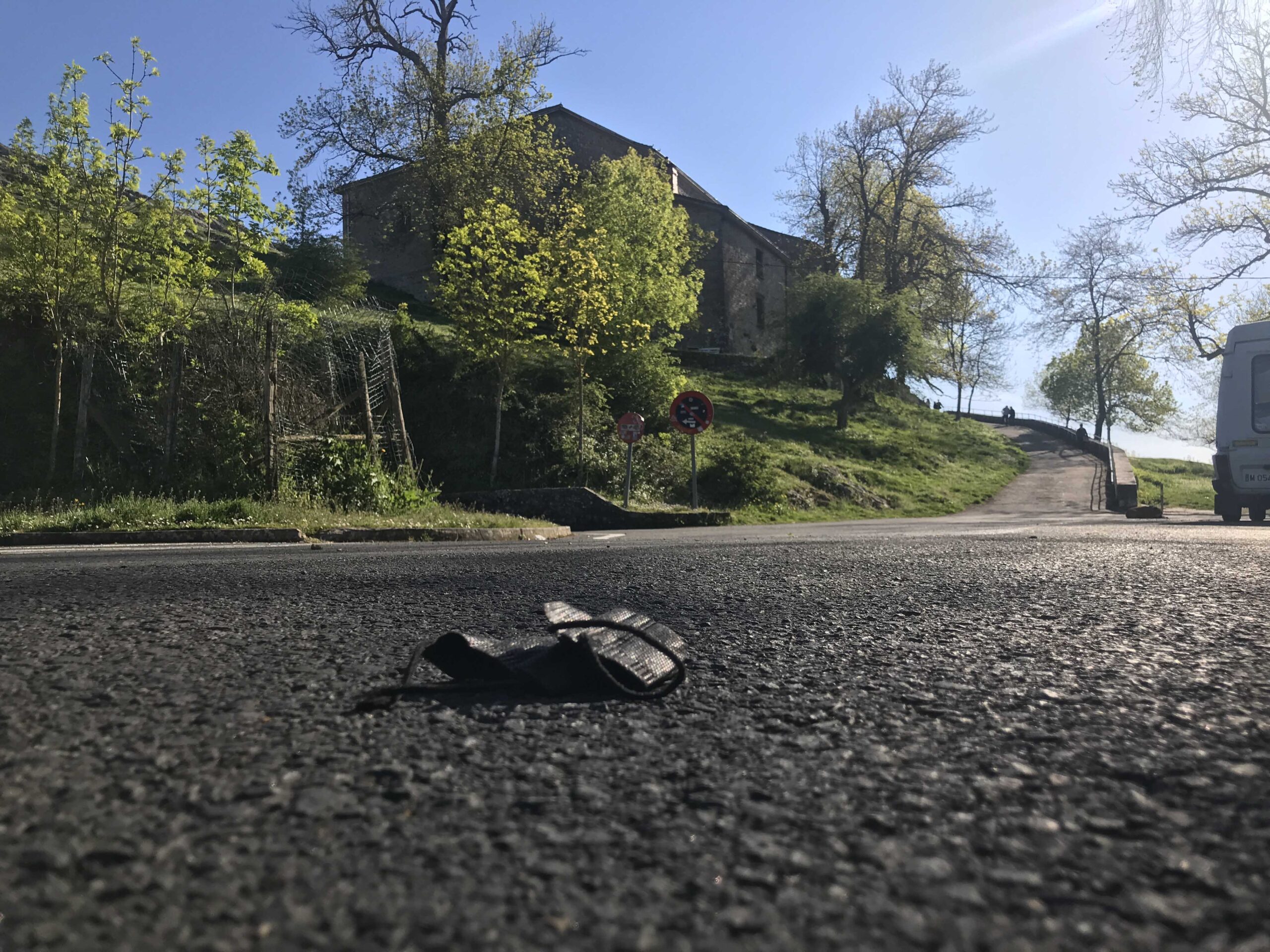

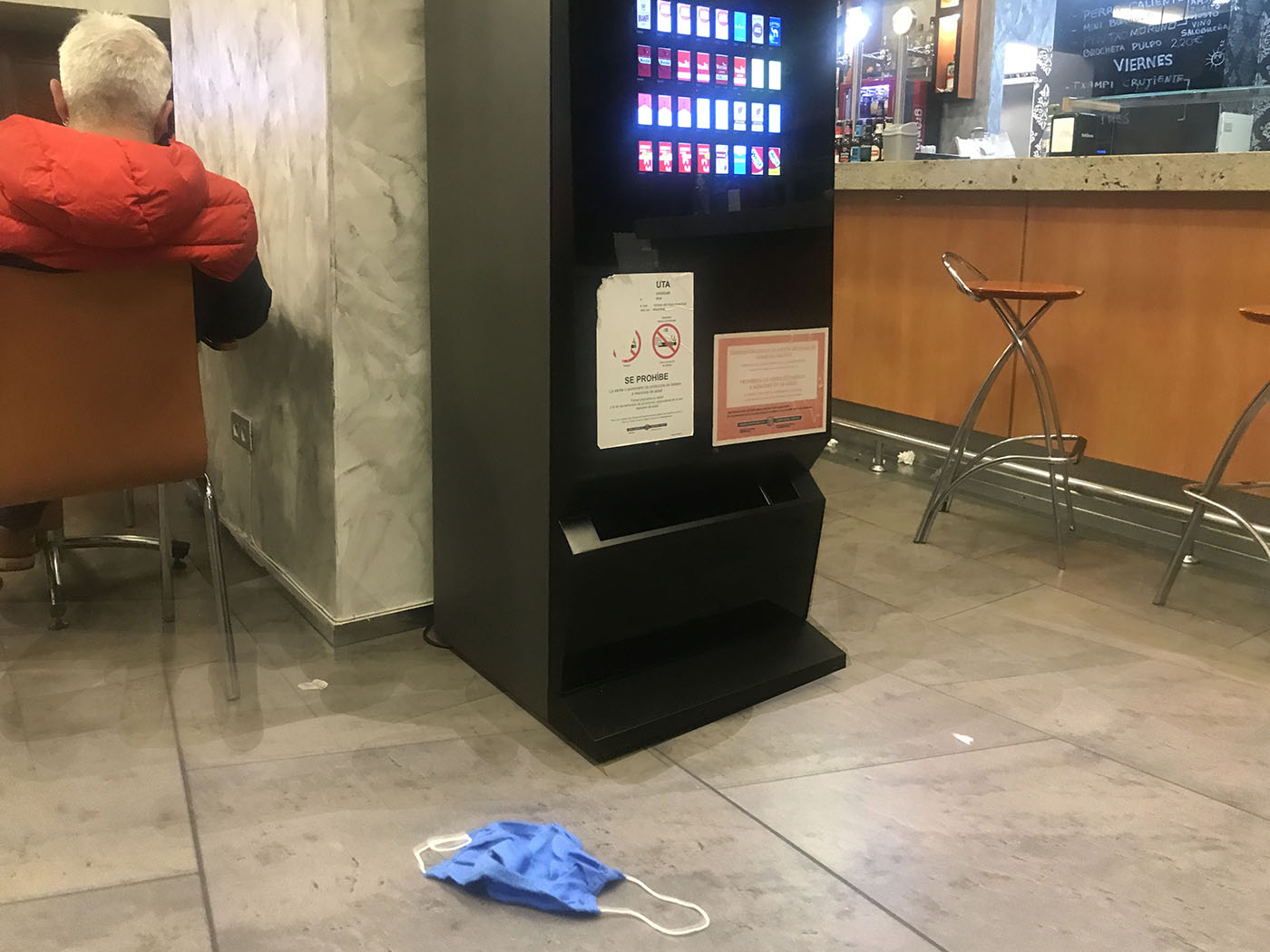
Gorbeialde / Cork / Vitoria-Gasteiz
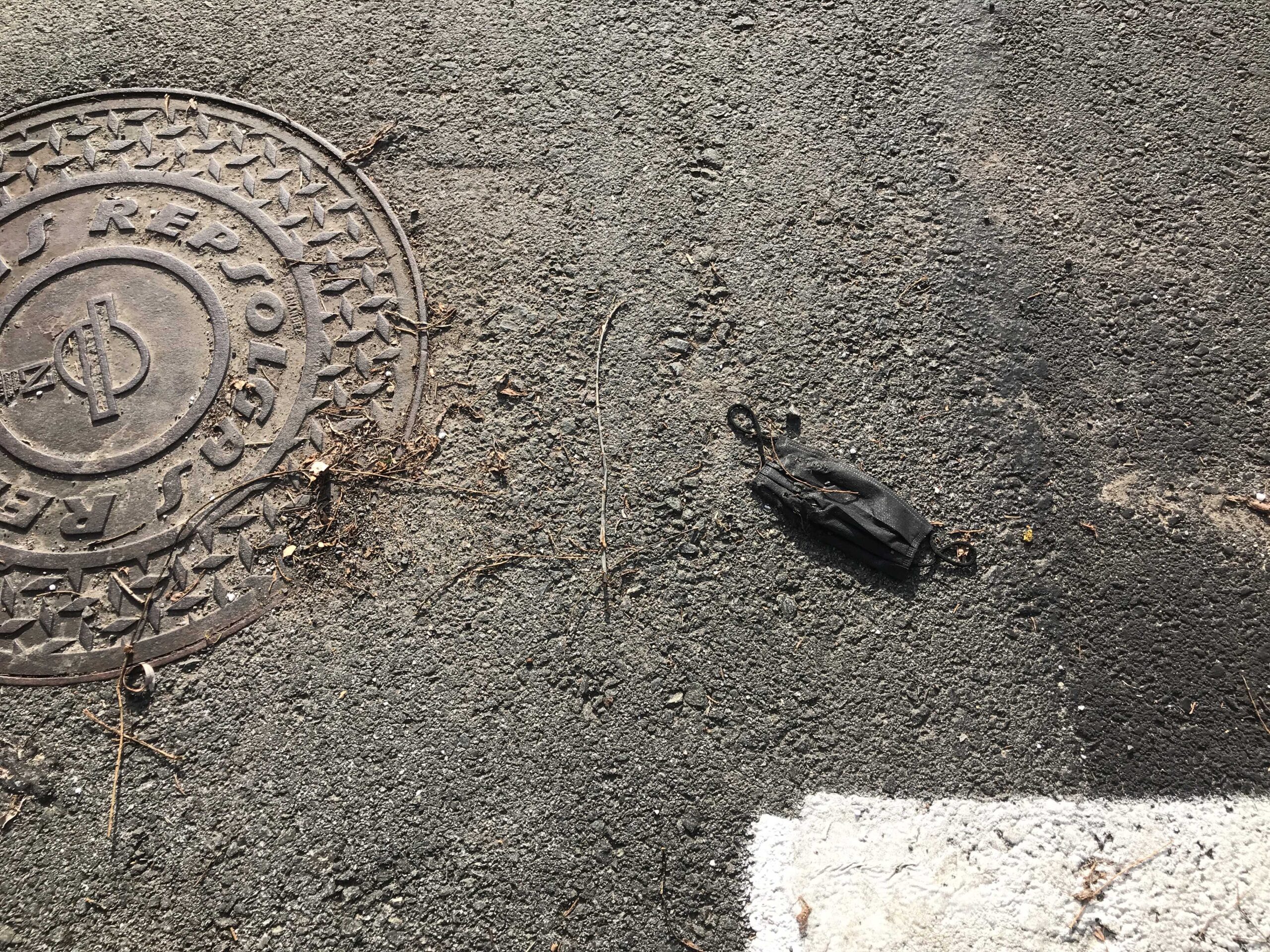


Gorbeialde / Gorbealde / Lekeitio
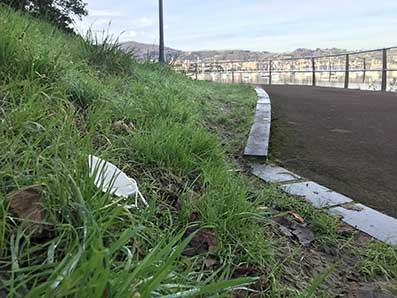
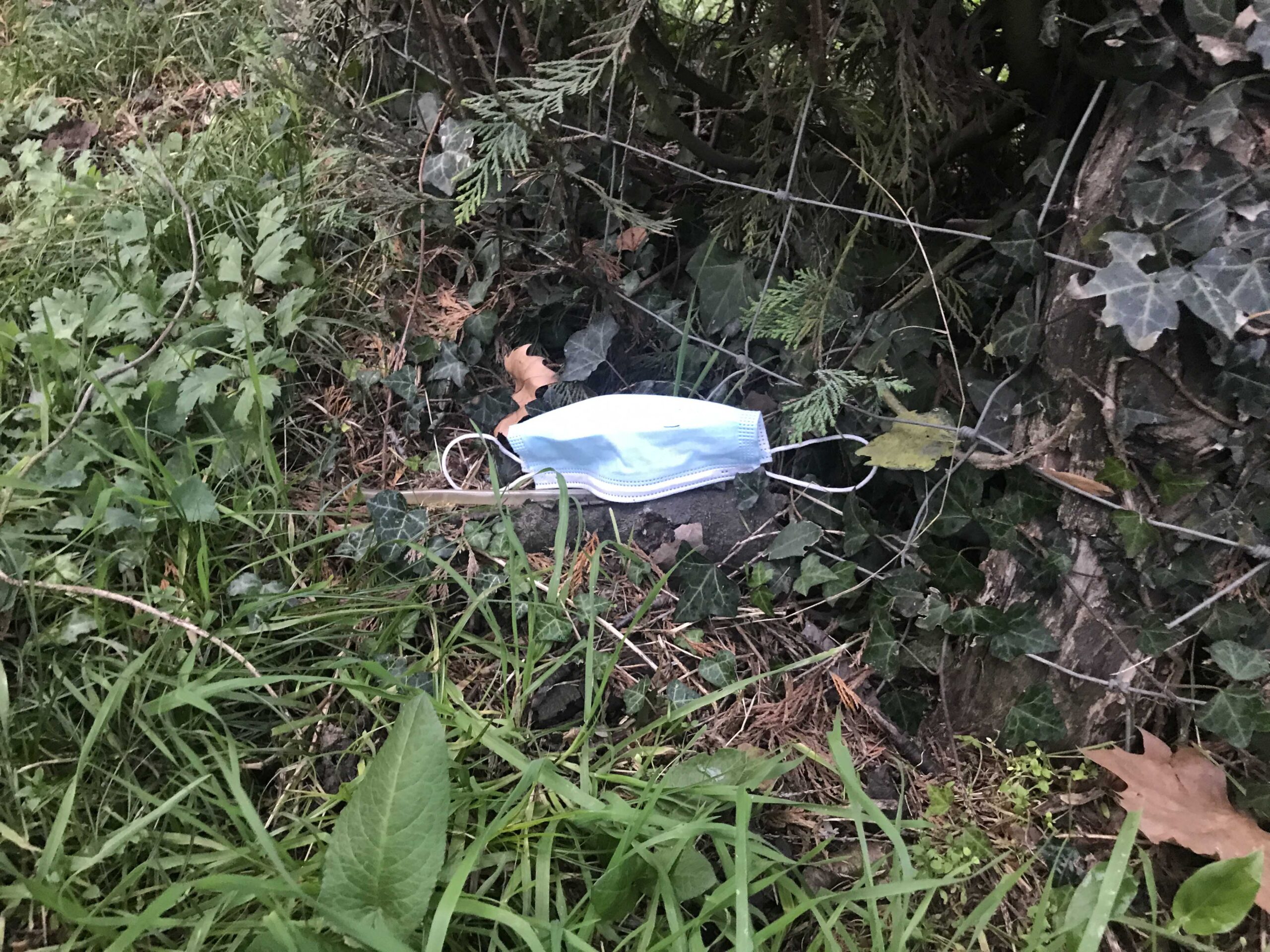

Hendaia / Euba / Vitoria-Gasteiz
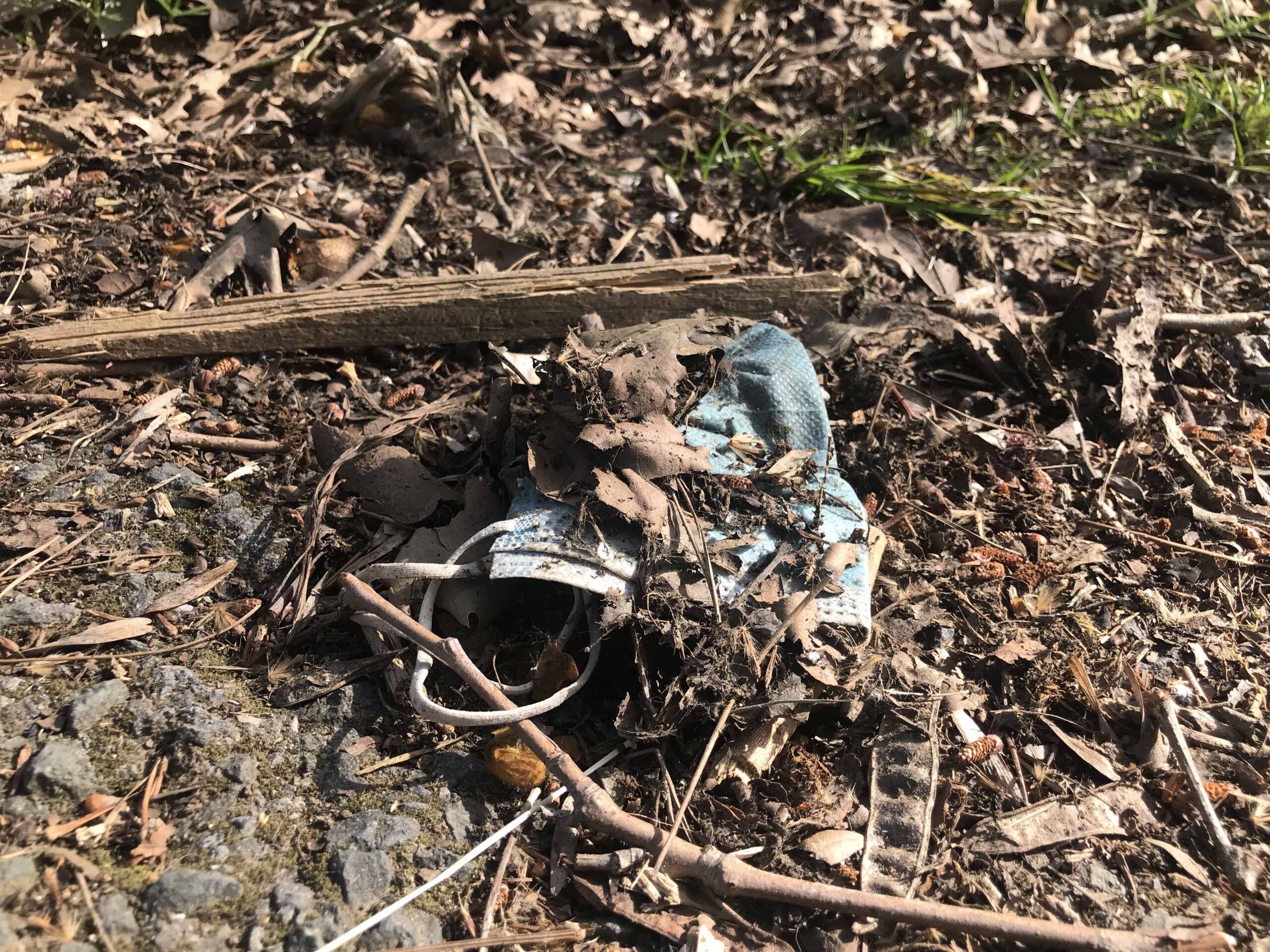
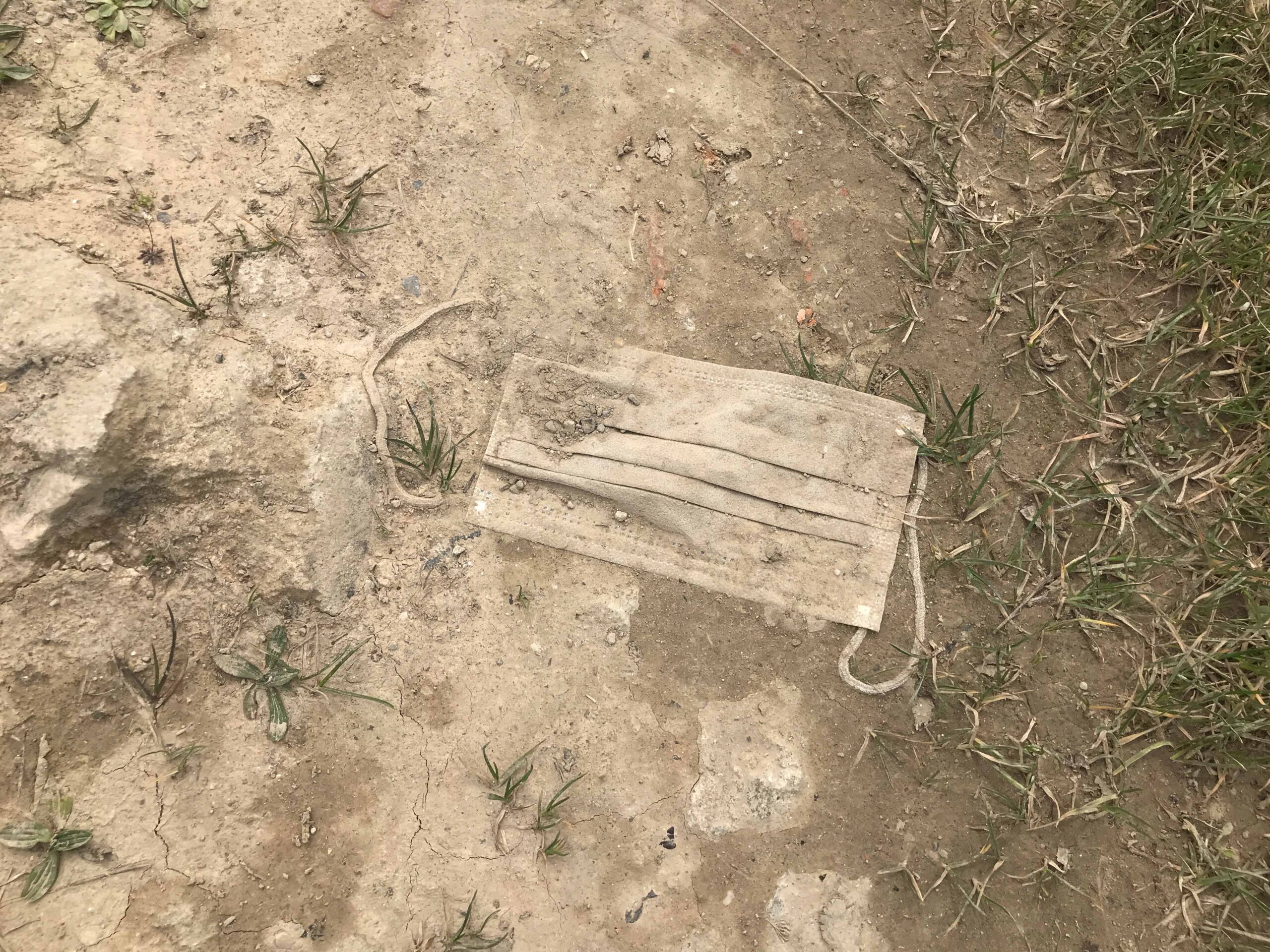
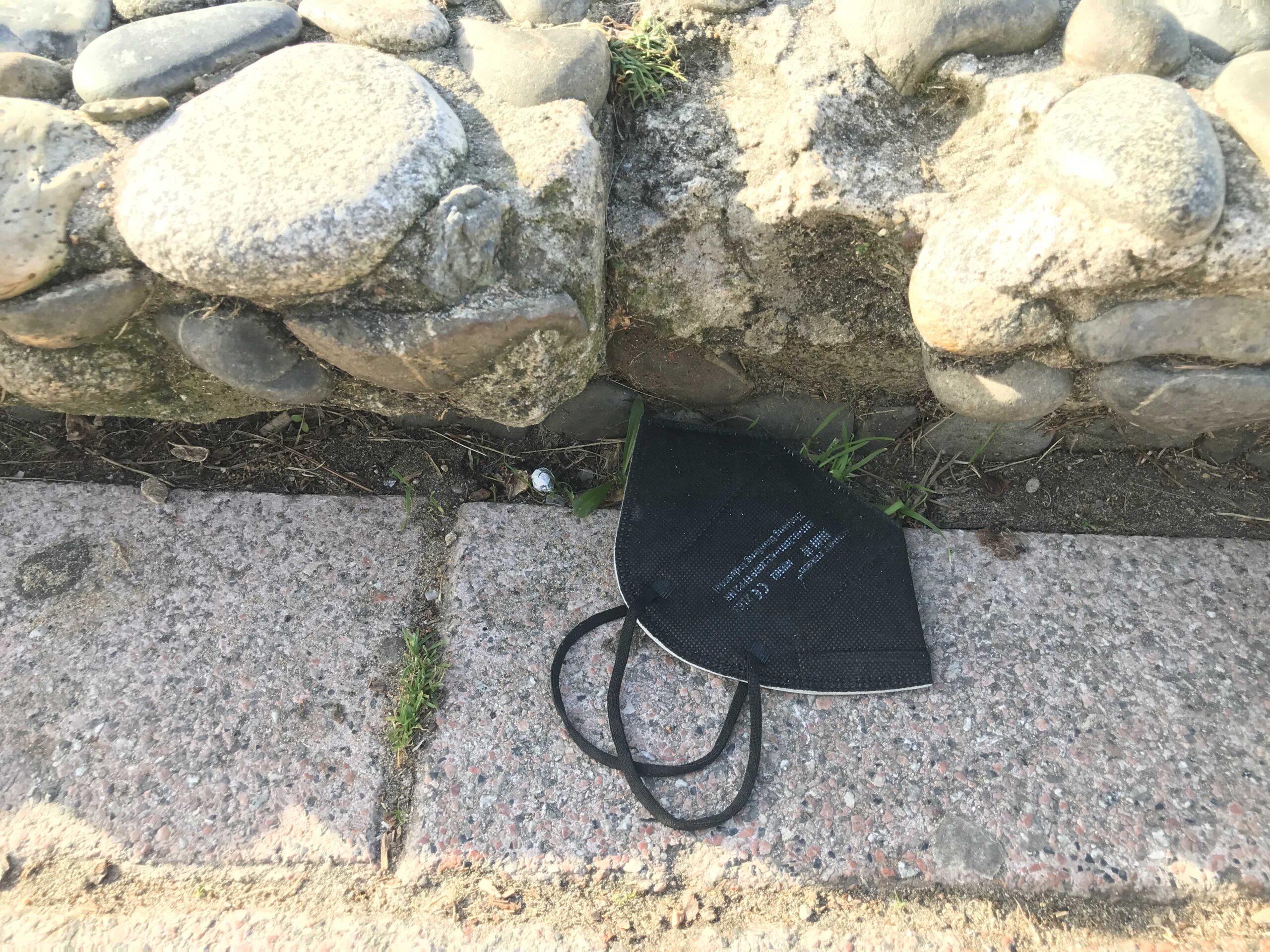
Euba / Gorbeialde / Hendaia

Resumen:
Ahí donde está la mancha amarilla, señalada con el dedo, ahí me duele.
“Ahí donde está la mancha amarilla, señalada con el dedo, ahí me duele”, es el texto que aparece sobre el autorretrato de Durero.
La malaria ha sido una enfermedad pandémica desde el siglo IV hasta 1964. El hecho de Alberto Durero estuviera apuntando con su dedo al bazo, indica una sintomatología cercana a la de esta enfermedad. La aparición de síntomas de esplenomegalia (bazo dilatado), sería el motivo del autorretrato de Durero a la edad de cuarenta años y podemos considerar la primera consulta NO PRESENCIAL.
Los desechos presenciales son evidentes en el planeta. Las mascarillas y el peligro de terminar diseminados en micro plásticos es un ejemplo de eso. Con el arte puede pasar lo mismo, ¿cuánta energía necesitamos para hacer y ver las Imágenes?, ¿y si el único rastro físico de una exposición fuera la energía consumida?
Eusk:
Hor, atzamarrez seinalatua dagoen orban horian, hortxe mina dut
Malaria gaixotasun pandemikoa izan da IV. mendetik 1964. urtera arte. Alberto Durerok bere hatzarekin barera begira jarri izanak gaixotasun horren sintomatologia hurbila adierazten du. Esplenomegaliaren sintomak agertzea (bare luzea) izango litzateke Dureroren autoerretratuaren arrazoia berrogei urterekin, eta lehen kontsulta EZ PRESENTZIALtzat har dezakegu.
Alberto Dureroren autoerretratua (1521), bere barea seinalatuz. Marrazkiaren goiko aldean hau idazten du: Da, wo der gelbe Fleck ist und worauf ich mit dem Finger deute, da tut es mir weh. ( Hor, atzamarrez seinalatua dagoen orban horian, hortxe mina dut).
Artekom 2022 erakusketarako egindako proiektu bat da. Lan honetan energiaren erabileraren hausnarketa egiten dogu. Zenbat energia behar dugu Irudiak egin eta ikusteko?
Ez gaitu bakarrik kezkatzen zenbat argi behar dugun erakusketa ikusteko, baita ere zenbat energia behar dogun materialak garatzeko eta gure lanaren erabilera.
